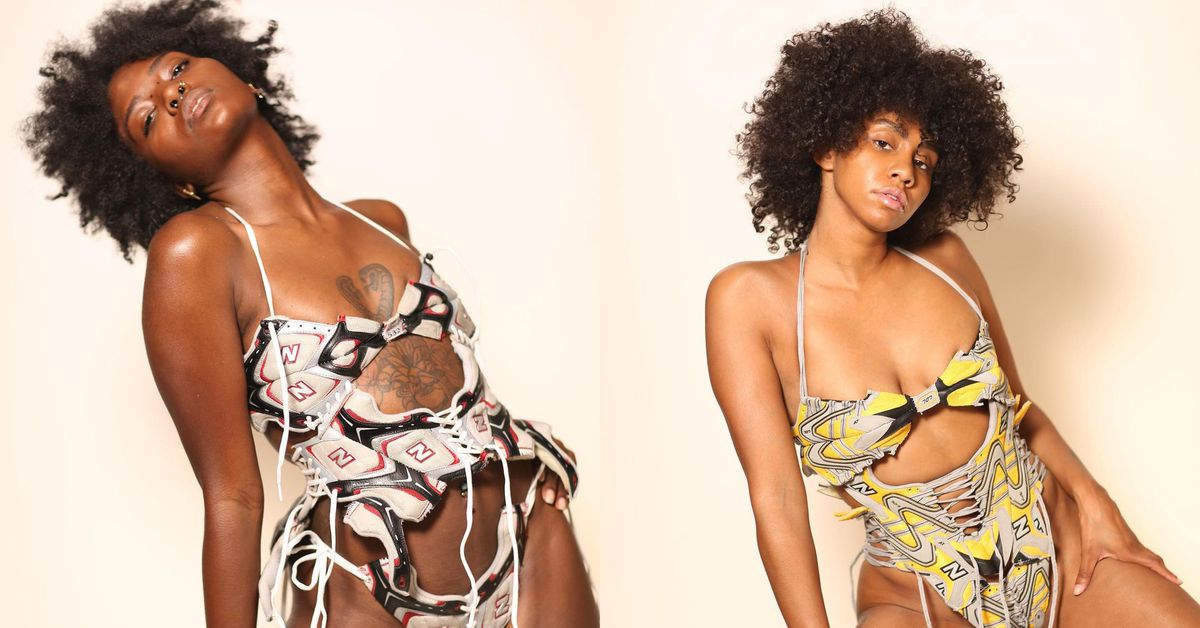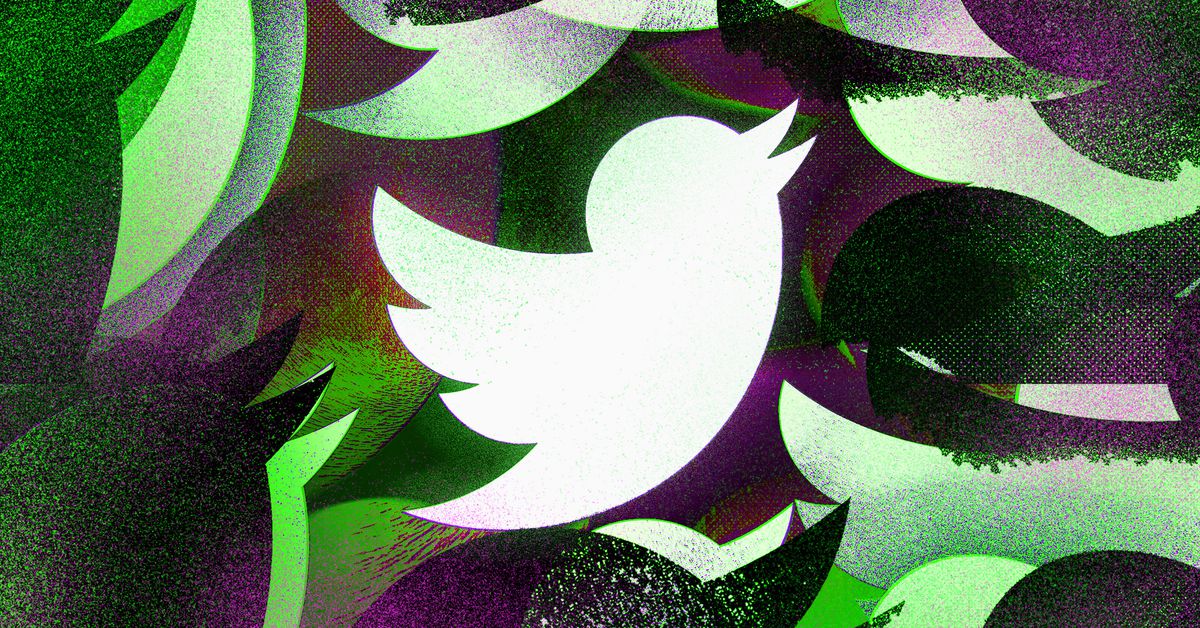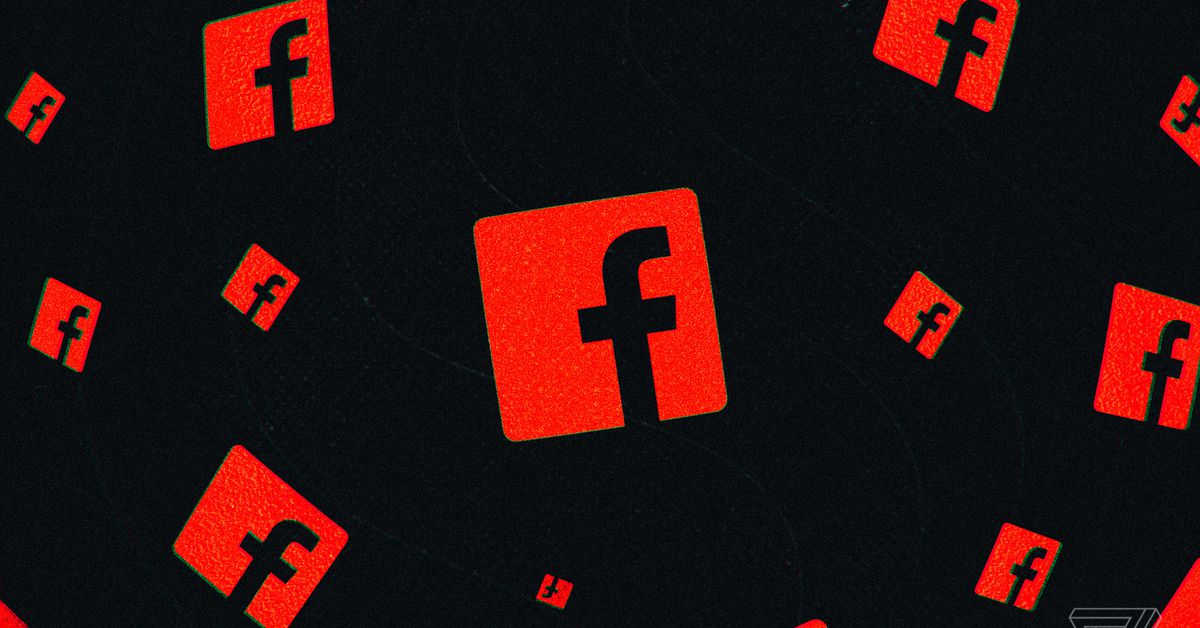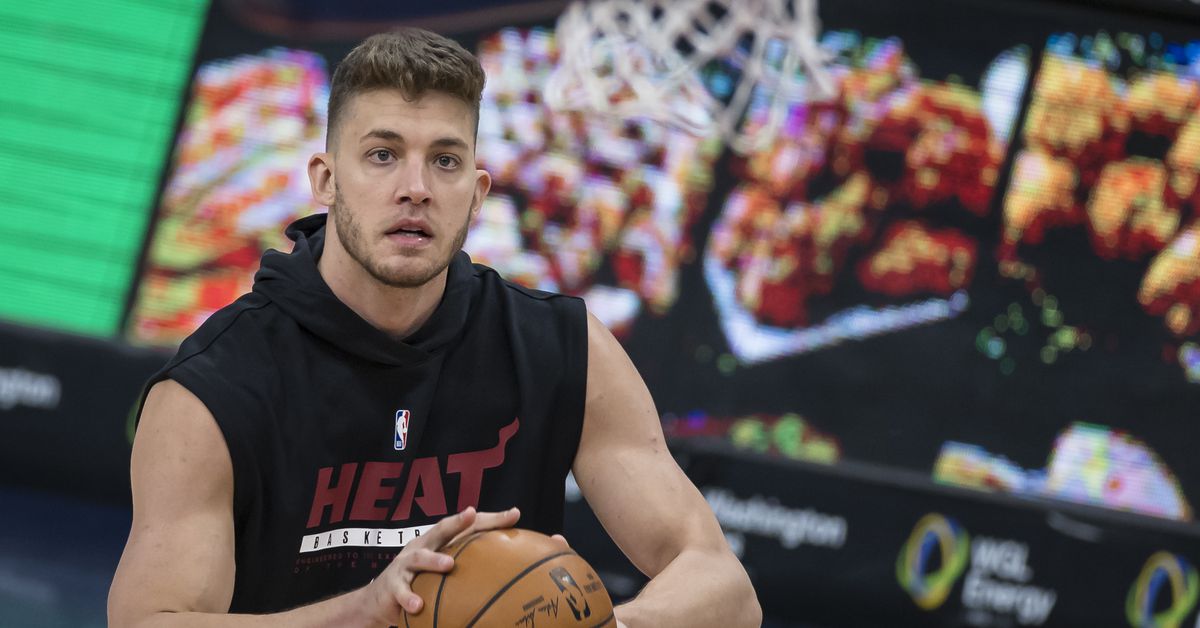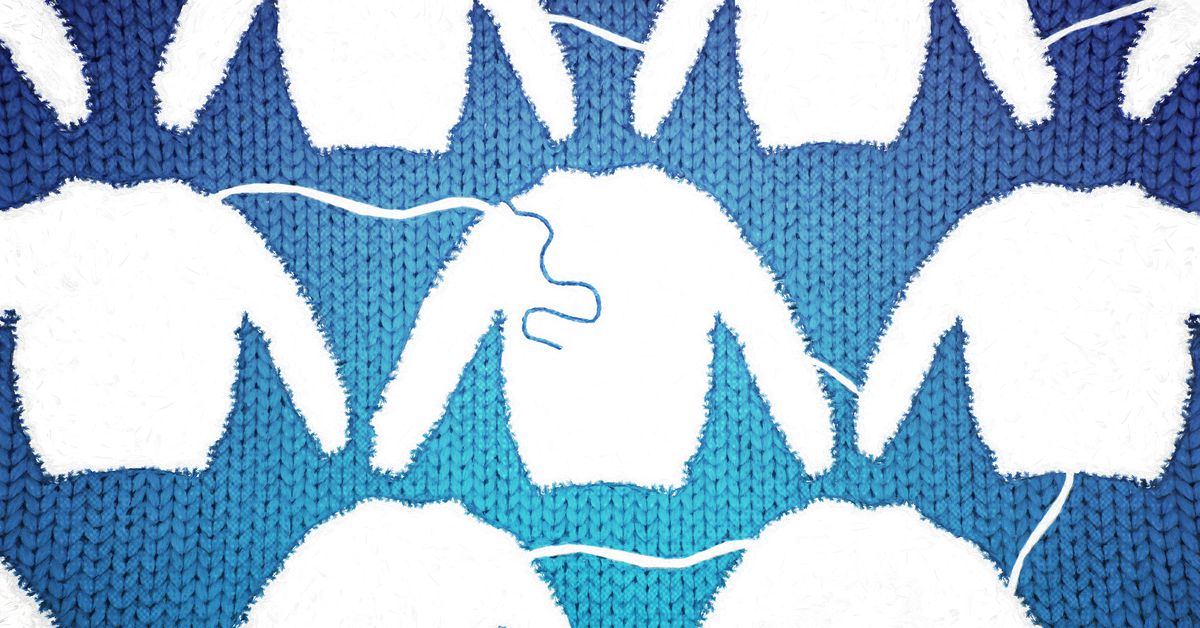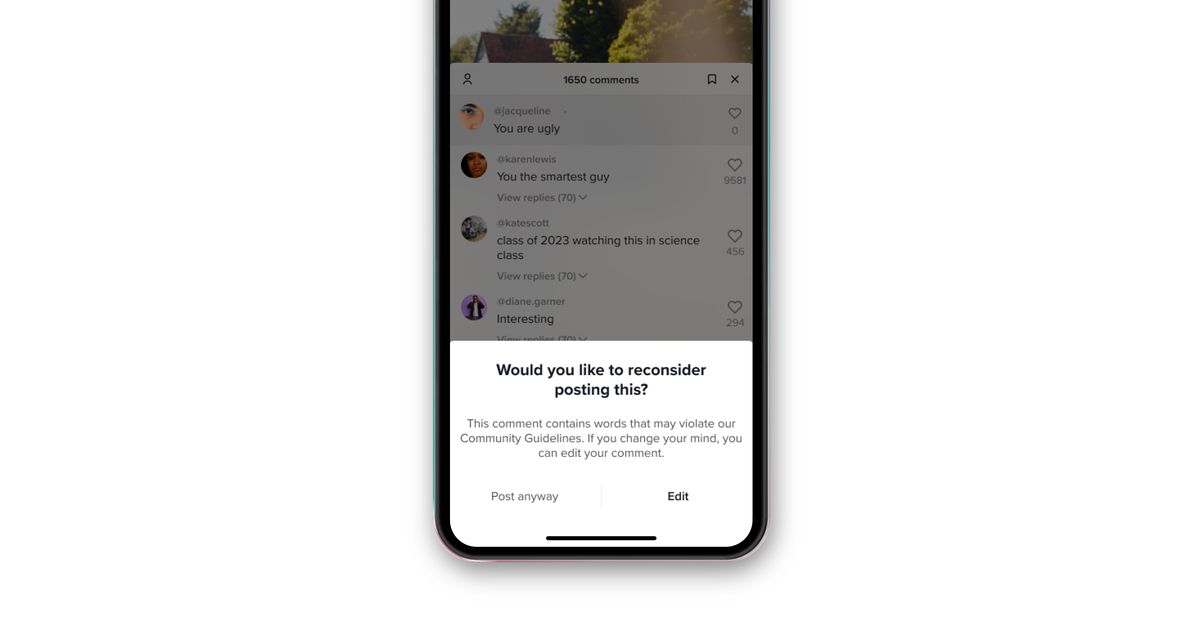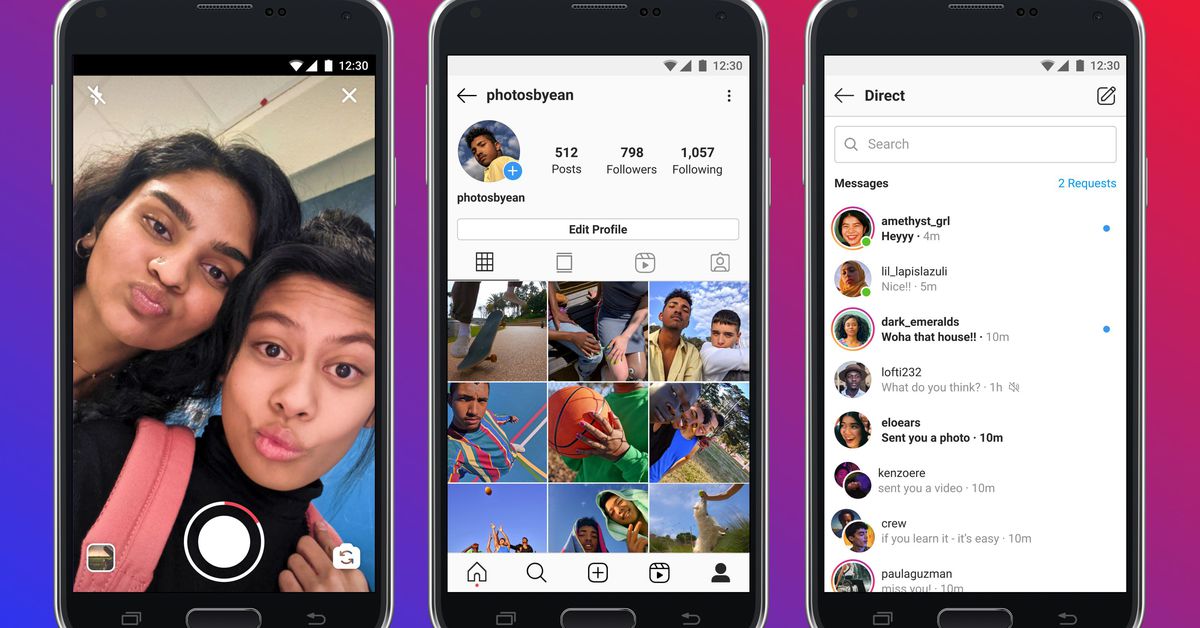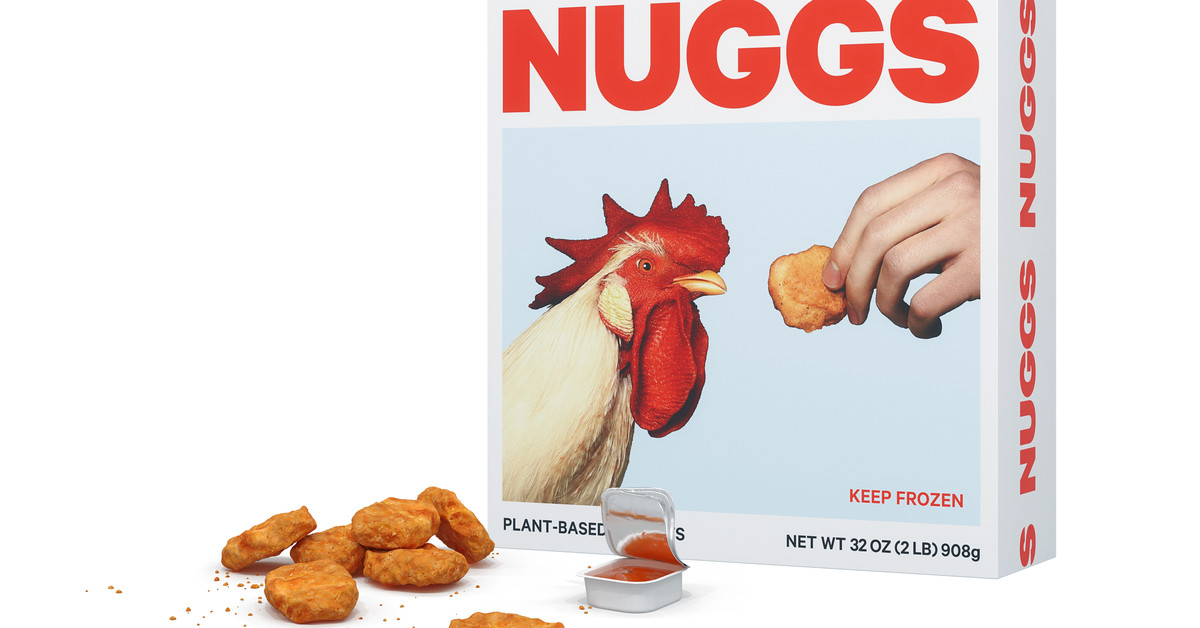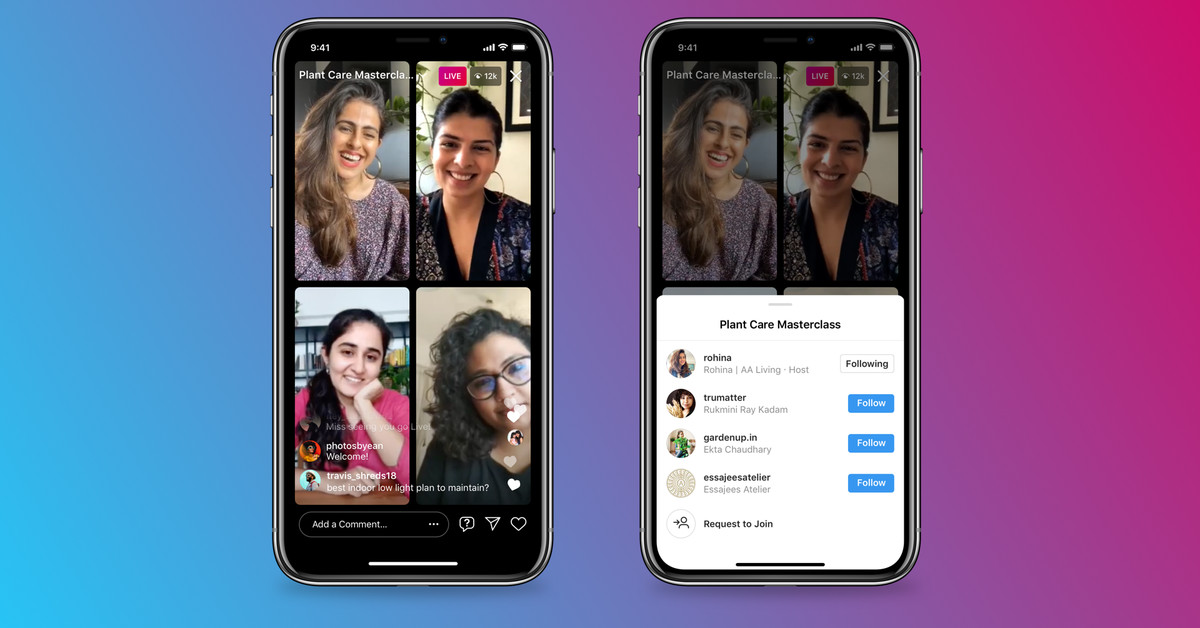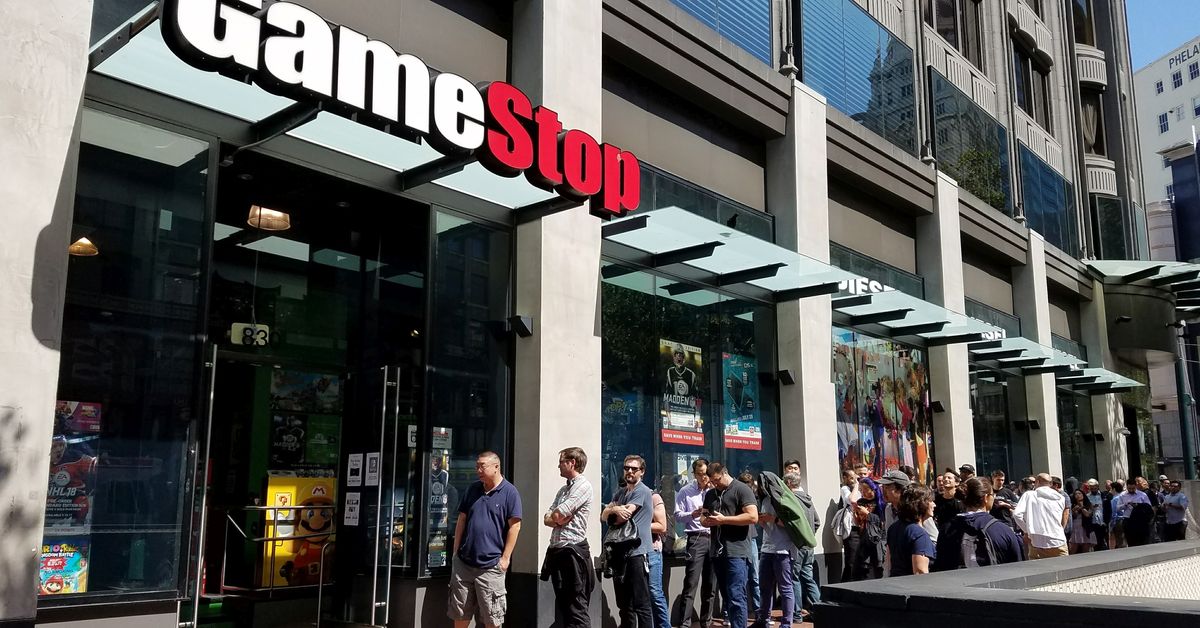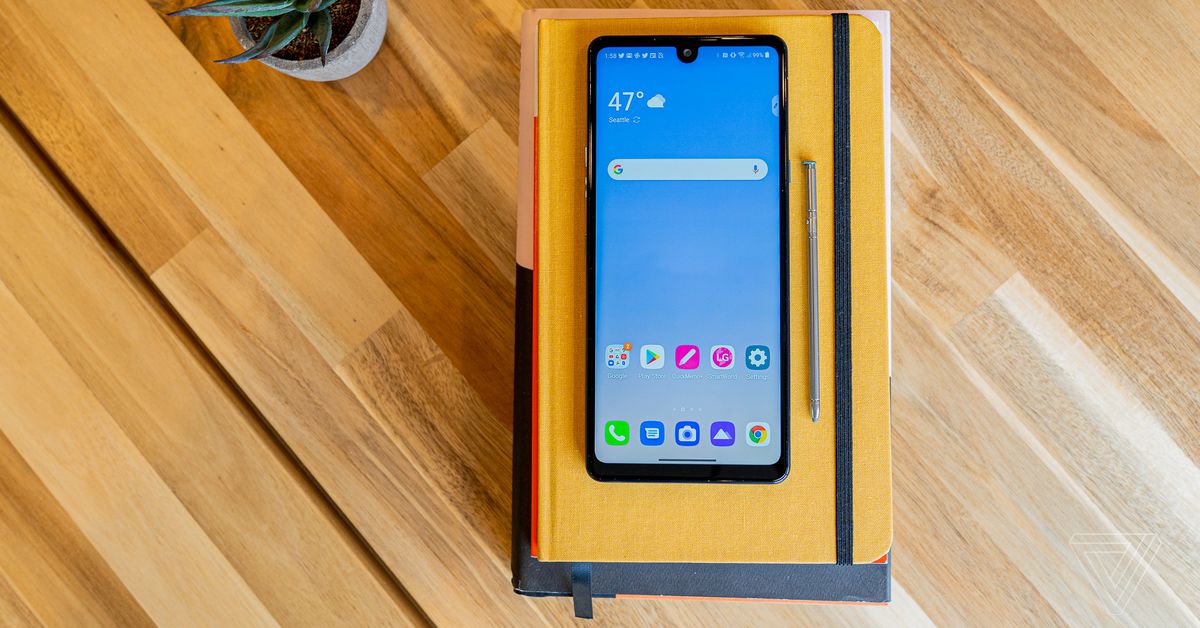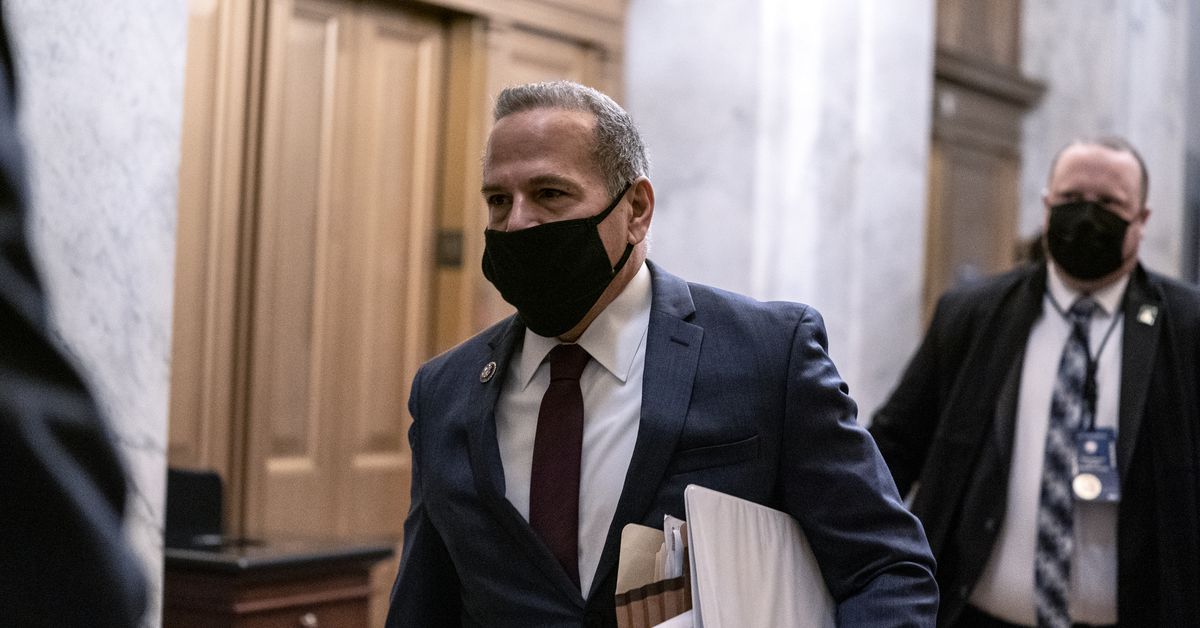Modern fashion is fraught with wasted product, so some designers are thinking about ways to transform these unwanted goods into artistic pieces meant for the runway. One of those is FRISKMEGOOD™, a futuristic brand that creates upcycled high fashion and editorial pieces out of used or deadstock sneakers and other secondhand finds. Owner and designer Cierra Boyd found success on her Depop shop when her signature designs — corsets and bodysuits made from old or unused shoes — were featured on its Explore page. Now, her brand’s ballooning popularity has enabled Boyd to pursue opportunities beyond her online shop.
Boyd, based in Cleveland, Ohio, now lives and works in her studio apartment after three years of growing her business and creativity from her mom’s house. While she hopes to eventually expand, everything one can find on her shop and website has been handmade by her. Her corsets and bodysuits have gained her followers on social media, been presented in fashion shows, and most notably, worn by American rapper Dream Doll.
The corsets and bodysuits aren’t all that Boyd upcycles, though. I reached out to her to chat about sustainable fashion, how she creates her sneaker designs, and what she has planned for FRISKMEGOOD™.
This interview has been condensed and edited for clarity.
What was the inspiration behind the bodysuits and corsets made out of repurposed sneakers?
It kind of came about all by chance. I was in a design competition in 2018, in Cleveland. It was Fashion Mania 2k19, and I was given three challenges. One goal was to create something without using fabric. I was stumped. I did not know what to do. I had everything done with the other two challenges, but it was getting down to the wire.
Luckily, one night I was watching Vice while I was designing and an episode came on about a guy who made a mask out of sneakers. I was like, wait, what if I made a top out of sneakers? So, I tried to make a top and it didn’t look right. I moved it down a little and I was like, “Oh, well this is kind of cute as a corset.”
I just rolled with that and I put it on Depop. People bought it! I was super surprised but it also gave me confidence. At the time I really didn’t know how to feel about it, but I just put it out there anyway to see how people will respond. The response was overwhelming. So I never stopped making them.
After realizing people liked the sneaker corsets, how did you begin to source your material?
At the beginning, I was using stuff in my attic and stuff that I had around the house. When I started to deplete that inventory, I did go to thrift shops. Recently, for the bodysuits, I found a place here in Cleveland that has deadstock sneakers. They have sneakers that have been in their stores since the early 2000s.
A lot of their inventory is extremely old, the sneakers are falling apart. I’m not gonna lie, one time I found mouse droppings in shoes. It’s really crazy and rough in there. It’s a lot, but they give me the sneakers that are damaged or the average customer wouldn’t buy. I use that to upcycle them into the bodysuits.
How did you even find this place?
It’s funny because it’s right down the street from my house, and never in my life have I gone in that warehouse. I used to go to elementary school around that area. I would pass that place my entire life and never went there. Then one day I was like, let me just see what they got in there. It was like a gold mine.
When you are choosing your shoes or the deadstock, do you choose the shoes with the design in mind?
I work a lot different from other designers. Some designers draw their designs beforehand, but for me, I usually let the materials give me the story instead of vice versa. I let the clothes tell me the story. I have to see it to know what I’m going to do with it. It’s really like a visual thing. When I see it I’d be like, oh, that’d be a cute bodysuit, and then just get five pairs of them if I can find them.
Have you ever run into the issue of not having enough to make something?
Oh yeah, definitely. The warehouse is so unpredictable. I have to bring my mom with me most of the time to help me because it’s a lot to sort through. I’m literally on the floor going through all the shoes on the bottom, searching for a match. It can be stressful, but if there is a match, I always get it. Like I said, I need like five or more [shoes] to do what I really want to do.
Do you have a certain size in mind when you’re looking for them?
Everything is so random. I usually just go with whatever I find, but if I am looking for something that’s more like a plus-size look, I’ll go for size 10 and up. Usually for smalls and mediums, you can even use kids’ shoes. [Size] five is usually the lowest I’ll go — five or four.
When you are thinking about size, are you making pieces so your size range is inclusive or are you making them for a specific client?
What I do … nothing is planned. If I do find that 10 or 12, you know, that’s perfect, but if I don’t, then I don’t. It’s kind of like an “it is what it is” situation.
What other types of clothing or fabrics do you upcycle?
I’ll use anything from bedsheets to other materials, like maybe hoodies and sweatshirts. Another thing that I just started doing is called tufting. Which is kind of like the art of making rugs, but instead of making rugs I put tufted art on the front of it. It’s a fairly new thing and I haven’t even dropped it yet, but basically it’s made out of yarn. And what I’m trying to do with that is give a new vibe and a new feel to an old, blank, unloved sweatshirt, T-shirt, or thrifted item.
Even jeans. I use jeans, denim and socks!
How much time goes into making a piece?
It depends on which piece you’re talking about. I usually do things in bulk, too. So, for a bodysuit, I’ll buy like five different styles. I’ll work on five at once. That whole process can take two to three days. For the tufting, depending on how many I’m doing, what it is, it can take like one to four days to do. It takes up a lot of time.
Do you have a personal favorite from your collection?
It’s so hard. I have so many.
One of my favorites that I’ve done, that I’m proud of, is my Air Force One bodysuit. That’s for plus-size women or anybody who identifies as a woman. My uncle donated those shoes to me. I didn’t have to go out and even buy those. It was just pretty much perfect, so that’s definitely my favorite, for sure.
You sell your clothes on Depop now. Is that where you started?
Yes, that is where I started. Depop is how people found out about me. Before Depop I was on Instagram trying to figure out, how do I get more people to see it? When Depop came along, I ended up getting pictures on the Explore page and the Explore page puts you literally right smack dab in the front. So when people started to find me from that it was a chain reaction, and more people started finding me.
Do you see Depop as the hub for futuristic fashion like yours?
Yes, it definitely reminds me of if you could just go to a worldwide thrift store online.
I joined their Now / Next program, which is an incubator-program-slash-grant that they gave me. I get mentorship and money towards working on my Depop shop. They’ve given me so many chances to be on the forefront of their platform. I’ll be on their Instagram page. It’s just crazy how much support they have given me. They’ve invited me to Depop Live, which is an event that, pre-COVID, you can sell your stuff in person. My stuff sold out. They have been a complete blessing in disguise for me.
Do you have any future plans for FRISKMEGOOD™?
I have a lot of future plans. Everything is in the works right now. We are a global brand right now. We definitely do get a lot of international customers. I hope on growing, expanding, and figuring out how I can take FRISKMEGOOD™ to the next level. You know, how to get my stuff on more celebrities. I have a showroom now that houses my pieces, so that way I can get more celebrity visibility with my brand.
Everything is falling in line, slowly but surely. I hope this year I can find more innovative ways to create fashion, to continue to change the way that people view sustainable fashion. I just want to change the way people think when it comes to sustainability. When you think sustainability, you don’t automatically think luxury at all. I’m really trying to show people that sustainable and old pieces that might never have been loved again, can be loved again. It can be high fashion and it can be luxury.
